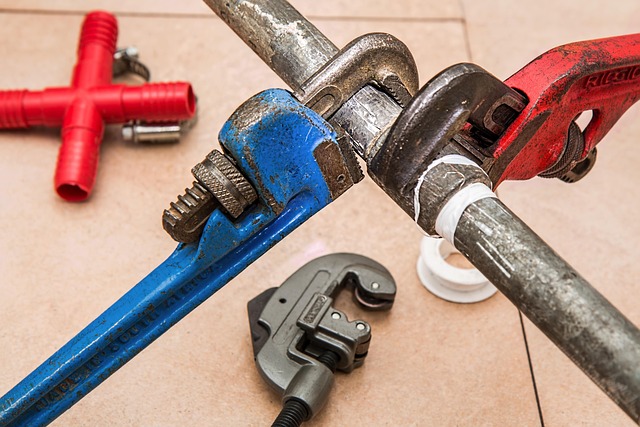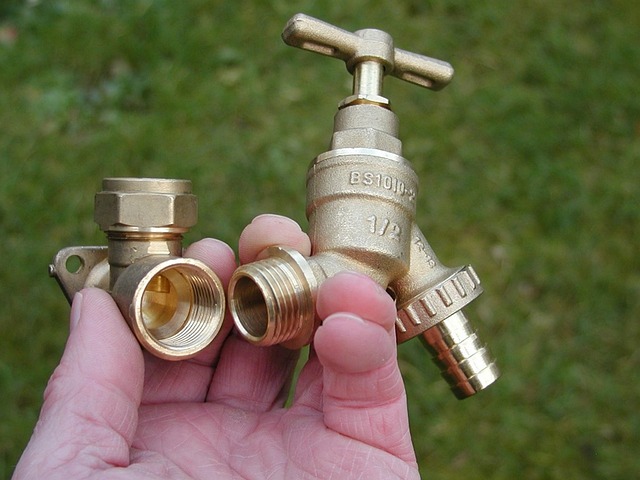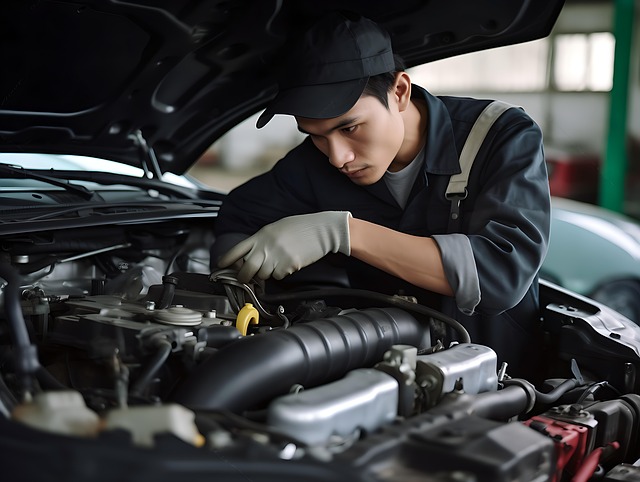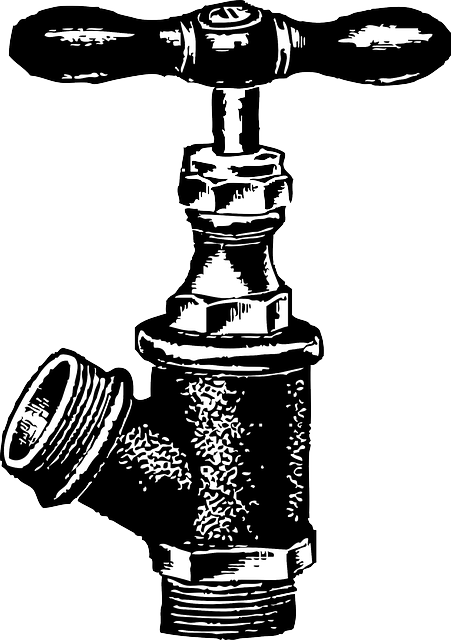Regular inspections of washing machine hoses are essential plumbing maintenance tips for homeowners. These inspections aim to prevent leaks and water damage by identifying wear, cracks, or bulges in the flexible tubes connecting the machine to the water supply. Additionally, they ensure optimal water pressure, facilitate efficient sediment removal, and maintain the longevity of the washing machine. Promptly replacing worn-out fixtures is a proactive strategy for leak prevention and avoiding costly damages. By following these regular plumbing maintenance tips, homeowners can ensure smooth operation and minimize the risk of leaks and water damage.
Regularly inspecting your washing machine hoses is a crucial plumbing maintenance tip that often goes overlooked. These flexible components are vital in preventing leaks and ensuring efficient operations. By understanding what to look for during a visual inspection, you can identify potential leak points and their causes, such as high water pressure or sediment build-up. Knowing when it’s time for fixture replacement can save you from costly damage and keep your plumbing running smoothly. Implement these regular inspections and leak prevention strategies for optimal efficiency.
- Understanding the Importance of Regular Washing Machine Hose Checks
- What to Look For During a Visual Inspection
- How to Identify Potential Leak Points and Their Causes
- The Role of Water Pressure in Hose Wear and Tear
- Sediment Build-Up: When and How to Address It
- Knowing When It's Time for Fixture Replacement
Understanding the Importance of Regular Washing Machine Hose Checks

Regular checks on your washing machine hoses are an essential part of plumbing maintenance tips for any homeowner. These flexible tubes connect your machine to the water supply, and over time, they can wear out or develop cracks, leading to potential leaks. A simple yet effective way to prevent costly water damage and ensure optimal appliance performance is through routine inspections. By checking for signs of wear, you can identify potential issues early on, long before they turn into emergencies.
Moreover, regular hose assessments play a vital role in maintaining water pressure and facilitating efficient sediment removal. Sediments and buildup can clog hoses, reducing water flow and potentially damaging your machine. Promptly replacing worn-out fixtures, including hoses, is a proactive plumbing maintenance strategy. It not only prevents leaks but also supports the longevity of your washing machine, ensuring it operates smoothly and efficiently.
What to Look For During a Visual Inspection

During a visual inspection of washing machine hoses, look for any signs of wear, cracks, or bulges. These can indicate weakening of the hose, which could lead to leaks and potential water damage. Regular inspections are part of effective plumbing maintenance tips, helping to prevent costly repairs and ensuring your appliances run efficiently. Pay close attention to where the hoses connect to the washing machine and the water supply lines, as these areas are particularly prone to issues.
Additionally, check for any signs of sediment buildup or clogs, which can affect water pressure and performance. Regular cleaning and sediment removal are crucial for maintaining optimal appliance function. If you notice any damage or consistent leaks, consider fixture replacement as a plumbing maintenance step to avoid further complications.
How to Identify Potential Leak Points and Their Causes

Regular inspections are key in identifying potential leak points within your washing machine hoses before they become significant issues. Start by visually examining the hoses for any visible signs of damage, such as cracks, blisters, or wear and tear at connections and fittings. These can indicate exposure to high water pressure, kinks, or improper installation. Next, check for loose connections at valves and fixtures, as these areas are common leak starters. Sediment buildup in the machine can also lead to leaks by causing pressure imbalances. Regular cleaning and sediment removal through appropriate filters will help prevent this.
Beyond routine visual checks, pay attention to any unusual noises or persistent dampness around the machine after use. These could signal internal leaks that require professional attention. If you notice frequent or unexplained water damage below your washing machine, it may be time for a fixture replacement, as old or faulty parts are common culprits in leak prevention. Remember, timely identification through regular inspections is crucial to avoid costly water damage and plumbing maintenance tips.
The Role of Water Pressure in Hose Wear and Tear

Water pressure plays a significant role in the wear and tear of washing machine hoses over time. High water pressure can put excessive strain on these components, leading to cracks, ruptures, or complete failure. Regular inspections should include checking the water pressure levels, as persistent high pressure could indicate an issue with your plumbing system that needs addressing. Proper maintenance tips involve regularly flushing out sediment buildup and ensuring optimal water pressure for both effective cleaning and hose longevity.
Preventing leaks is another crucial aspect of maintaining washing machine hoses. High water pressure can cause leaks at connections or joints, leading to wastage and potential damage to nearby fixtures. Regular inspections allow you to identify weak spots and replace faulty hoses or fittings before these issues escalate. This proactive approach to plumbing maintenance not only saves costs associated with unexpected fixture replacements but also reduces the risk of water damage to your home.
Sediment Build-Up: When and How to Address It

Over time, washing machine hoses can become a breeding ground for sediment build-up, which can lead to various issues including reduced water pressure and potential leaks. This accumulation is often caused by hard water minerals, detergent residue, and other debris that naturally collect within the hoses. Regular inspections are key in identifying this problem early on, as it allows for prompt sediment removal.
To address sediment build-up, start by shutting off the water supply to your washing machine. Then, drain any remaining water from the hoses and remove them from the machine. Using a garden hose or a dedicated cleaning tool, flush out the sediment by thoroughly rinsing each hose. If the sediment is particularly stubborn, consider soaking the hoses in a mixture of warm water and vinegar for about an hour before attempting to rinse again. Regular plumbing maintenance tips include checking hose connections for any leaks and replacing worn-out fixtures to prevent future buildup and ensure optimal water flow and machine performance.
Knowing When It's Time for Fixture Replacement

Regular inspections are an integral part of plumbing maintenance tips, and one area that often goes overlooked is your washing machine hoses. Over time, these hoses can show signs of wear and tear, becoming a potential source of leaks and water damage. It’s essential to stay proactive in this regard, as leak prevention is crucial for both saving money on water bills and avoiding extensive home repairs.
During your routine checks, look out for any cracks, blisters, or soft spots on the hoses. If you notice significant wear or if the hoses have been in use for several years, it might be time to consider fixture replacement. Regular inspections also allow you to monitor water pressure and ensure that sediment removal isn’t causing any blockages. By keeping an eye on these aspects, you’ll not only extend the life of your washing machine but also contribute to a more efficient and problem-free plumbing system.
